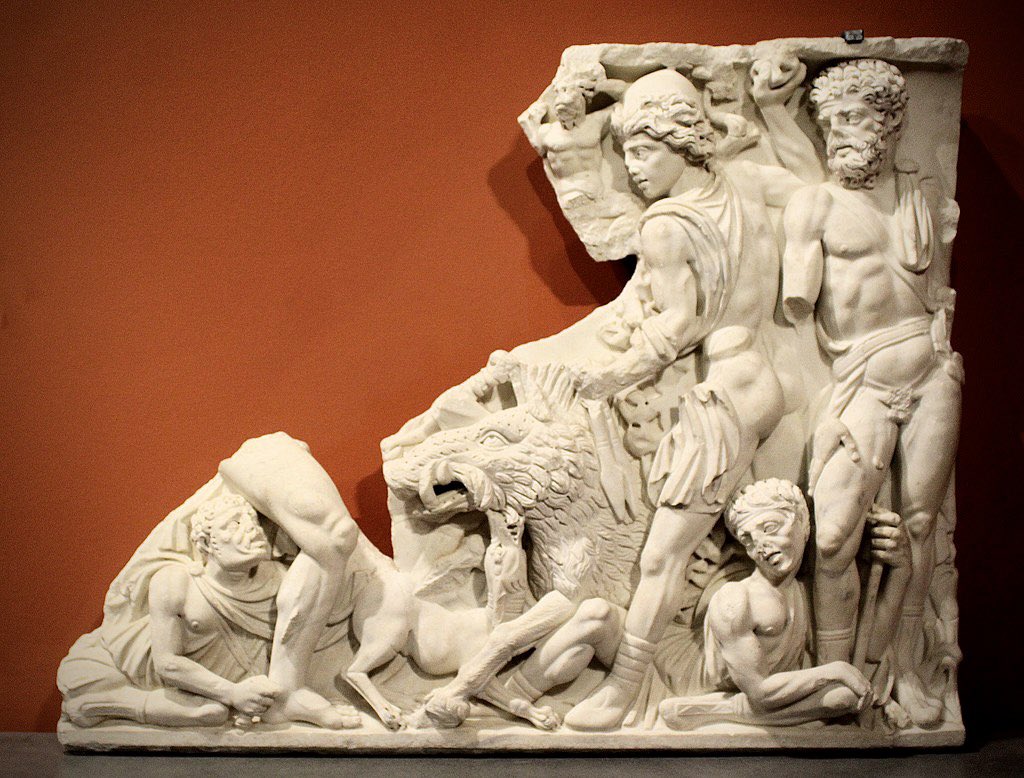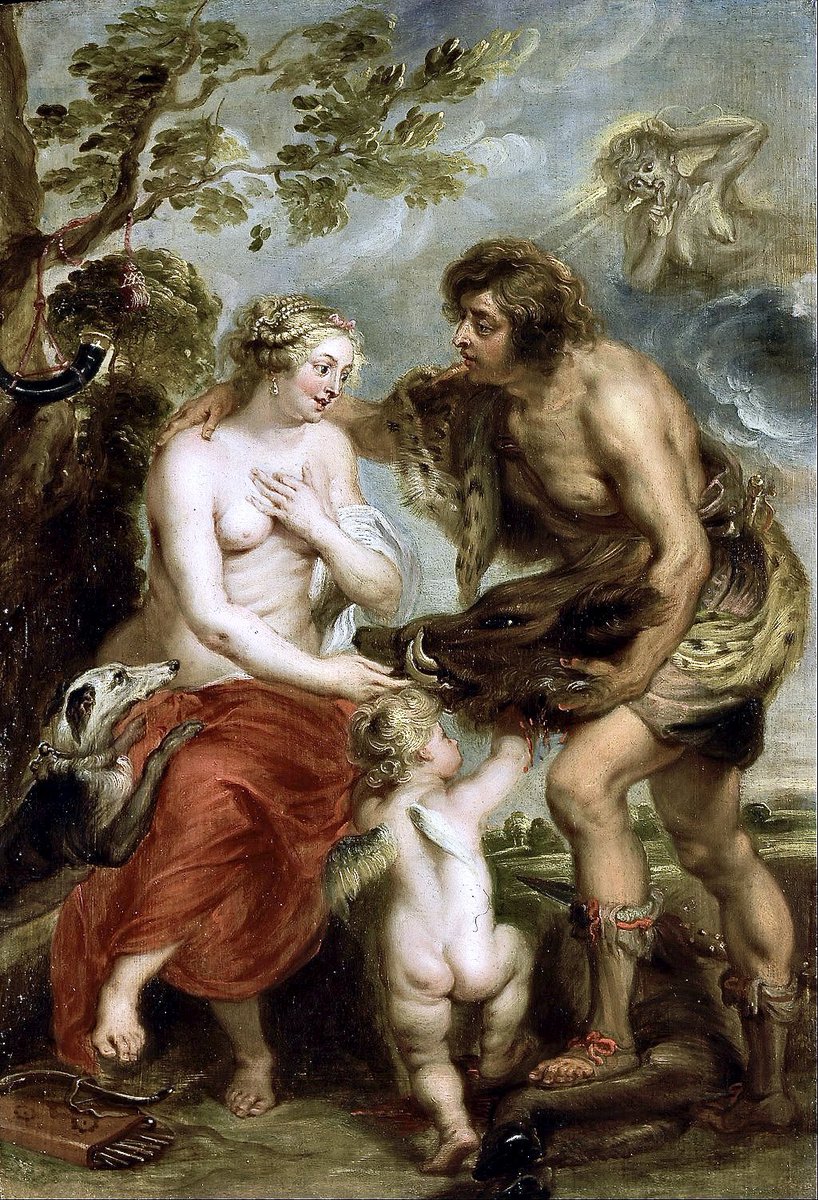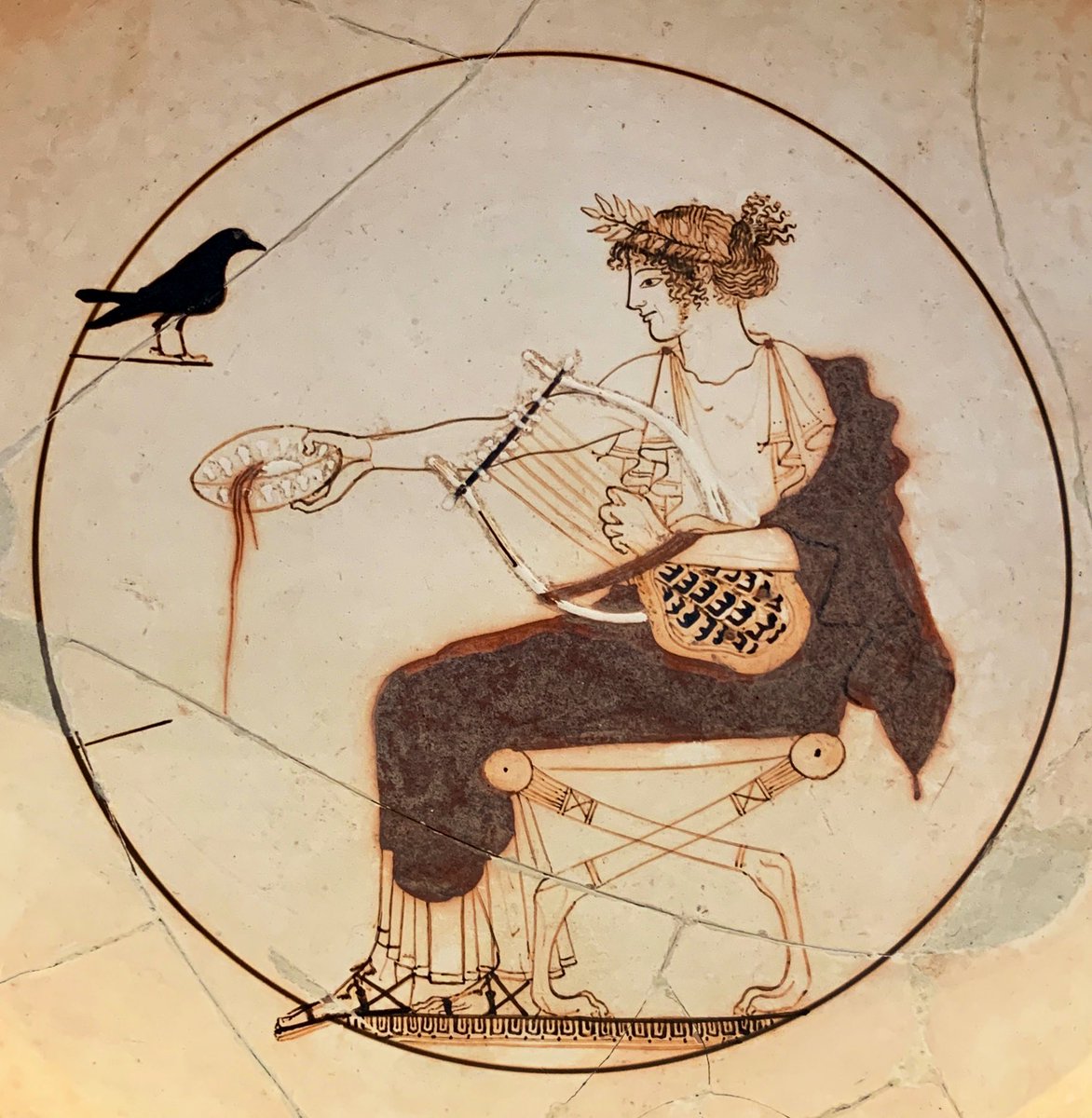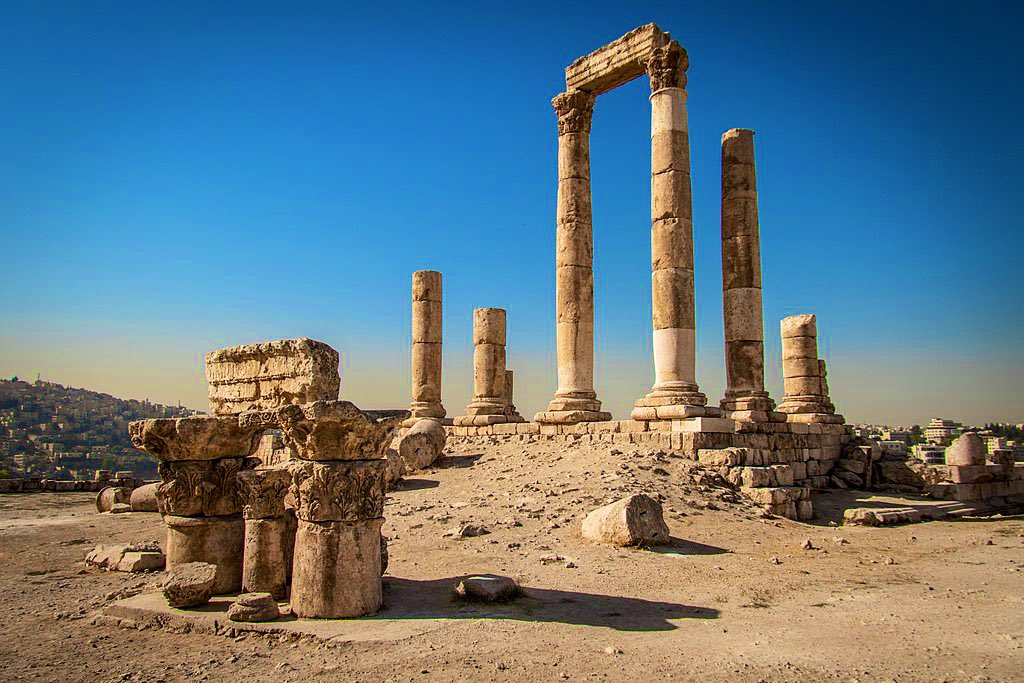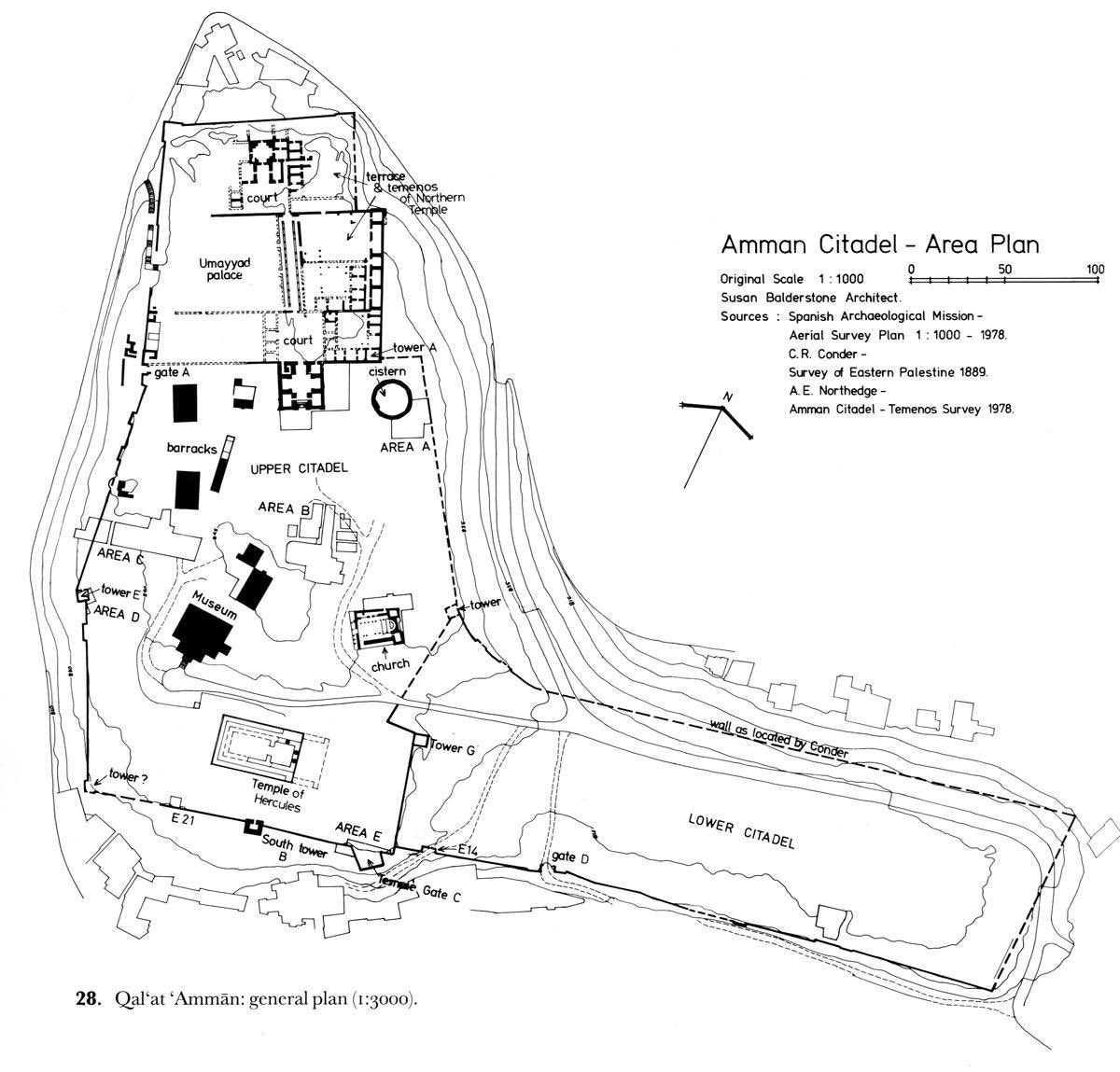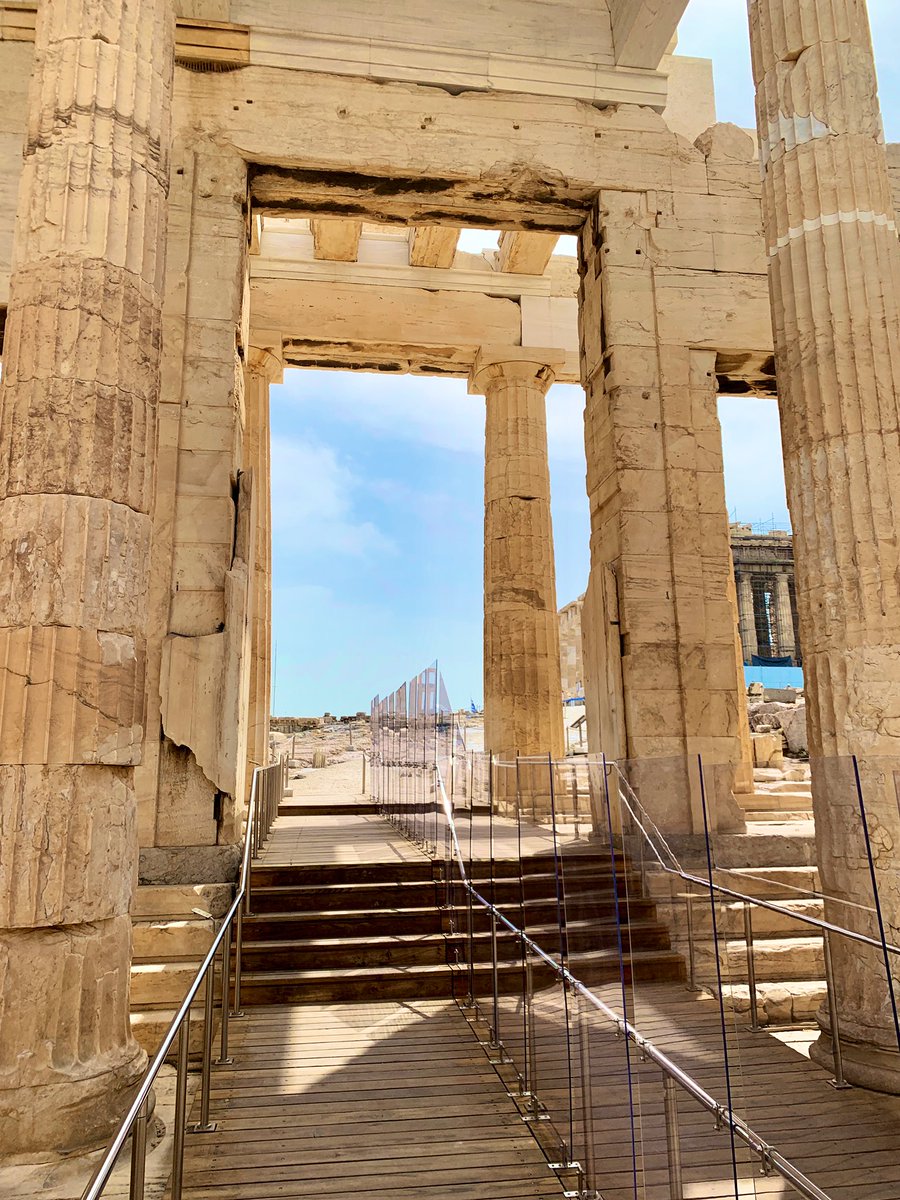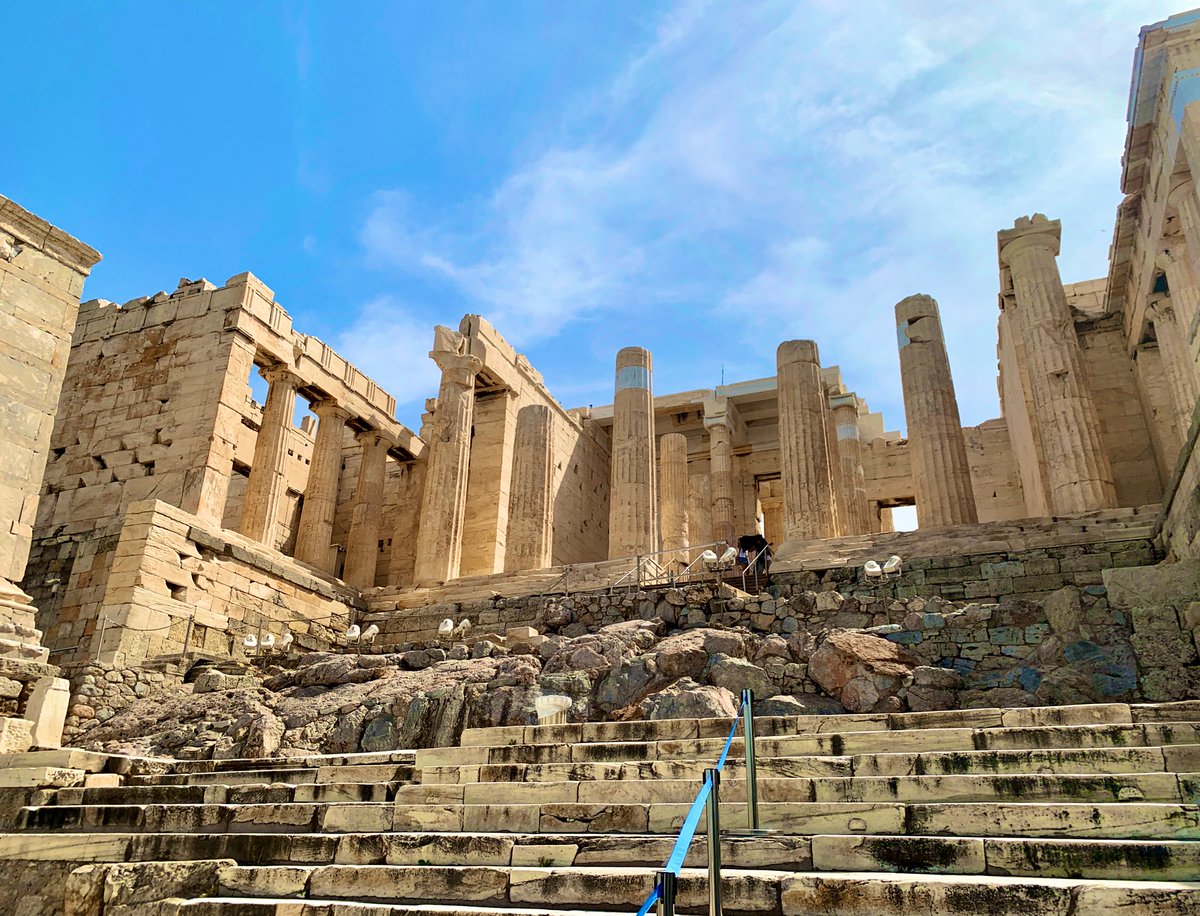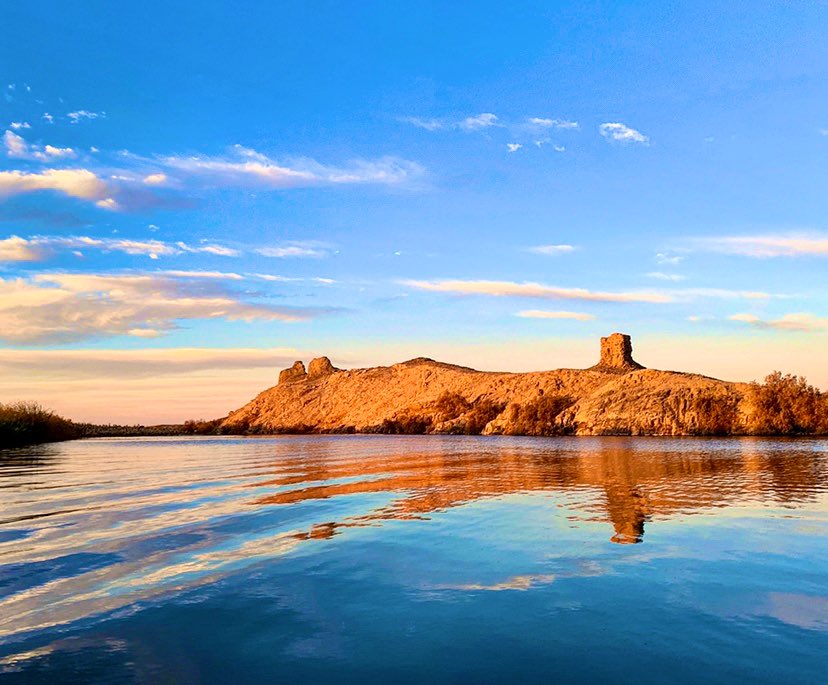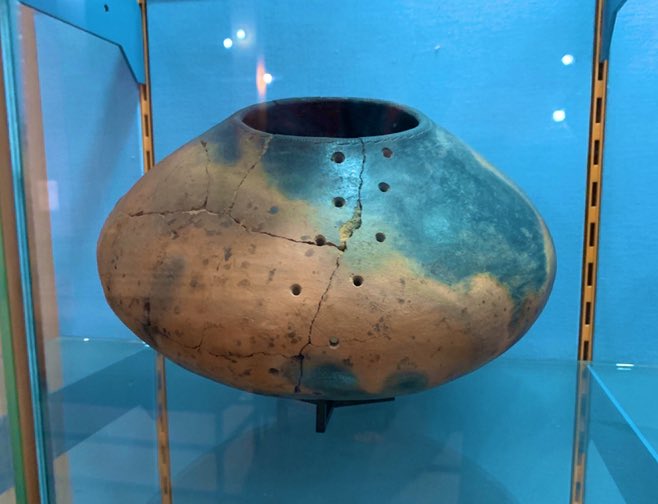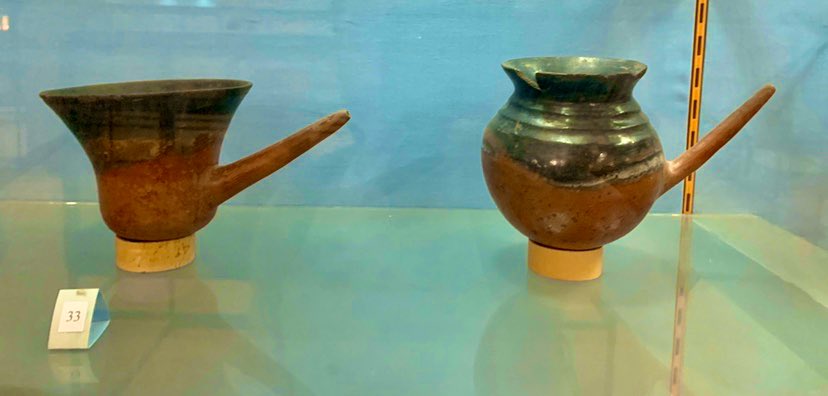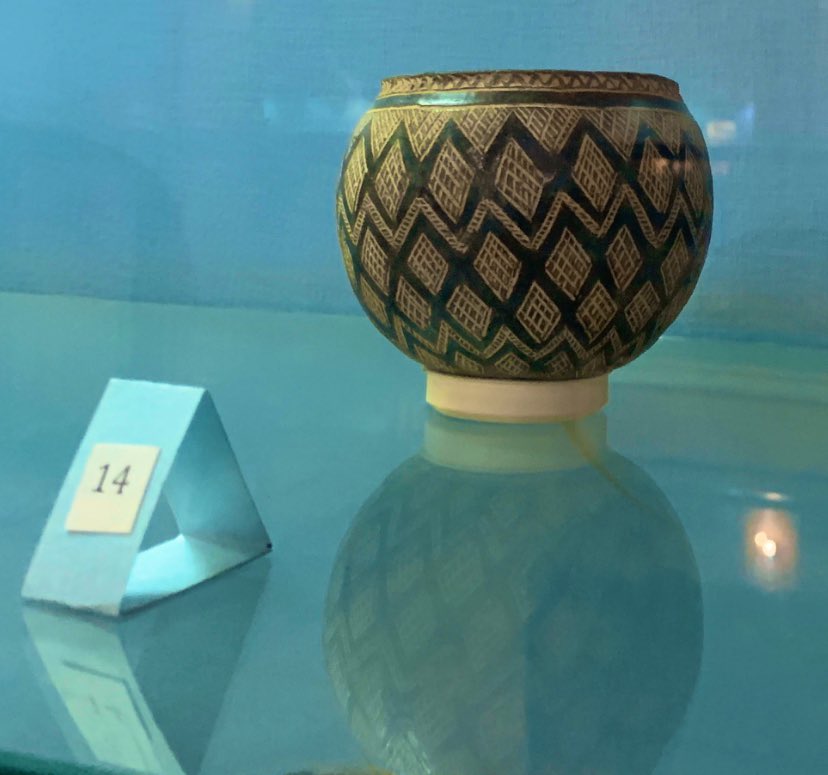
Today marks twelve months of on-again, off-again lockdown in Athens.
Want to know what this crazy year has been like in Greece from an archaeologist’s perspective? Check out this 12(ish) tweet #thread!
🏛🇬🇷
#greece #archaeology #ClassicsTwitter #lockdown



Want to know what this crazy year has been like in Greece from an archaeologist’s perspective? Check out this 12(ish) tweet #thread!
🏛🇬🇷
#greece #archaeology #ClassicsTwitter #lockdown




When we got word of the impending lockdown, I was on Crete with the @ASCSAthens for a whirlwind tour of the islands incredible archaeology (& beaches).
We had only covered one half of the island when we had to pulled plug and hoped on the next ferry back to Athens...



We had only covered one half of the island when we had to pulled plug and hoped on the next ferry back to Athens...




March 2020: Athens enters full lockdown & the city is silent for the first time in my memory. No one had any idea how #Covid_19 was transmitted and it felt like the whole city was working together to make sure that the Greek health wasn’t overwhelmed...and it was working! 




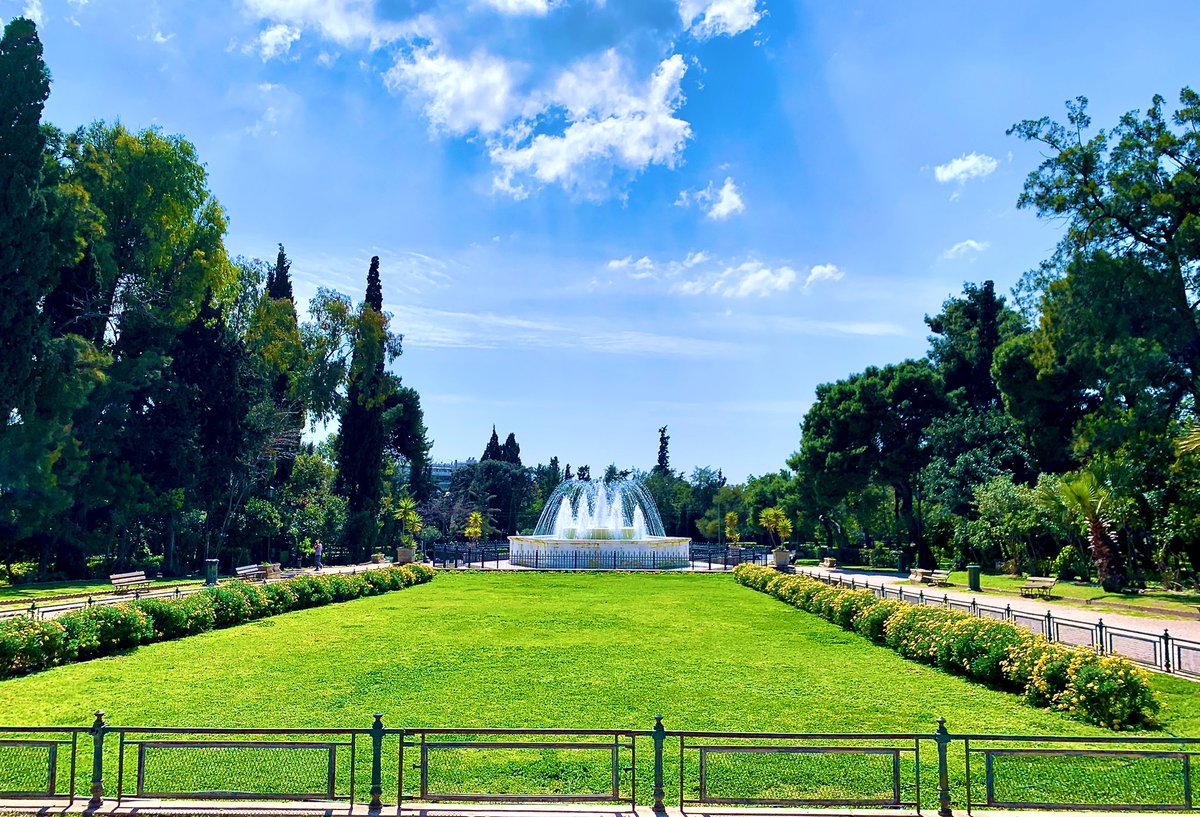

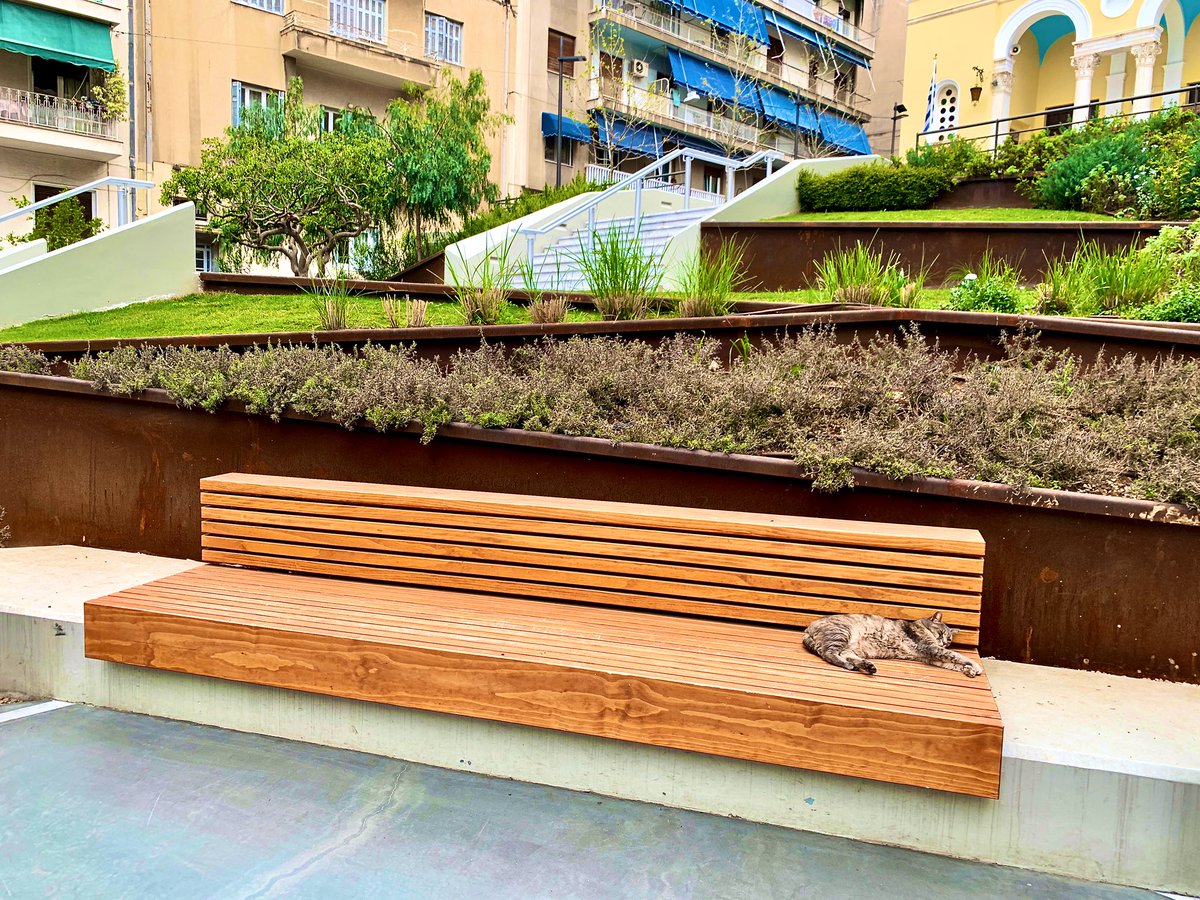
April 2020: Spring begins in earnest, but the city stays completely quiet. Other than exercise, grocery store visits, & medical checkups, no one is really out & about.
Like the rest of the planet, it feels like everyone in Athens is living parallel lives with @netflix & baking!



Like the rest of the planet, it feels like everyone in Athens is living parallel lives with @netflix & baking!
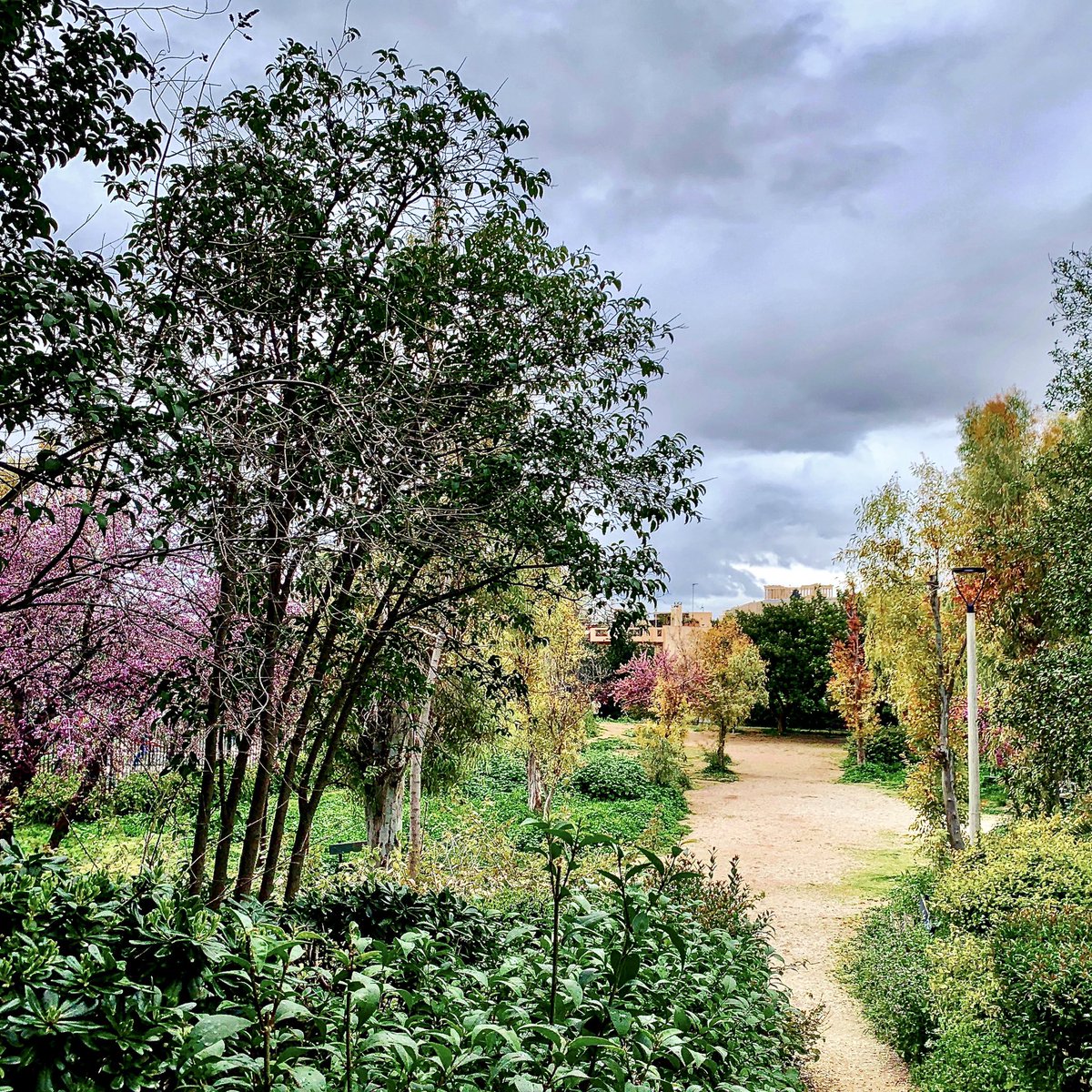
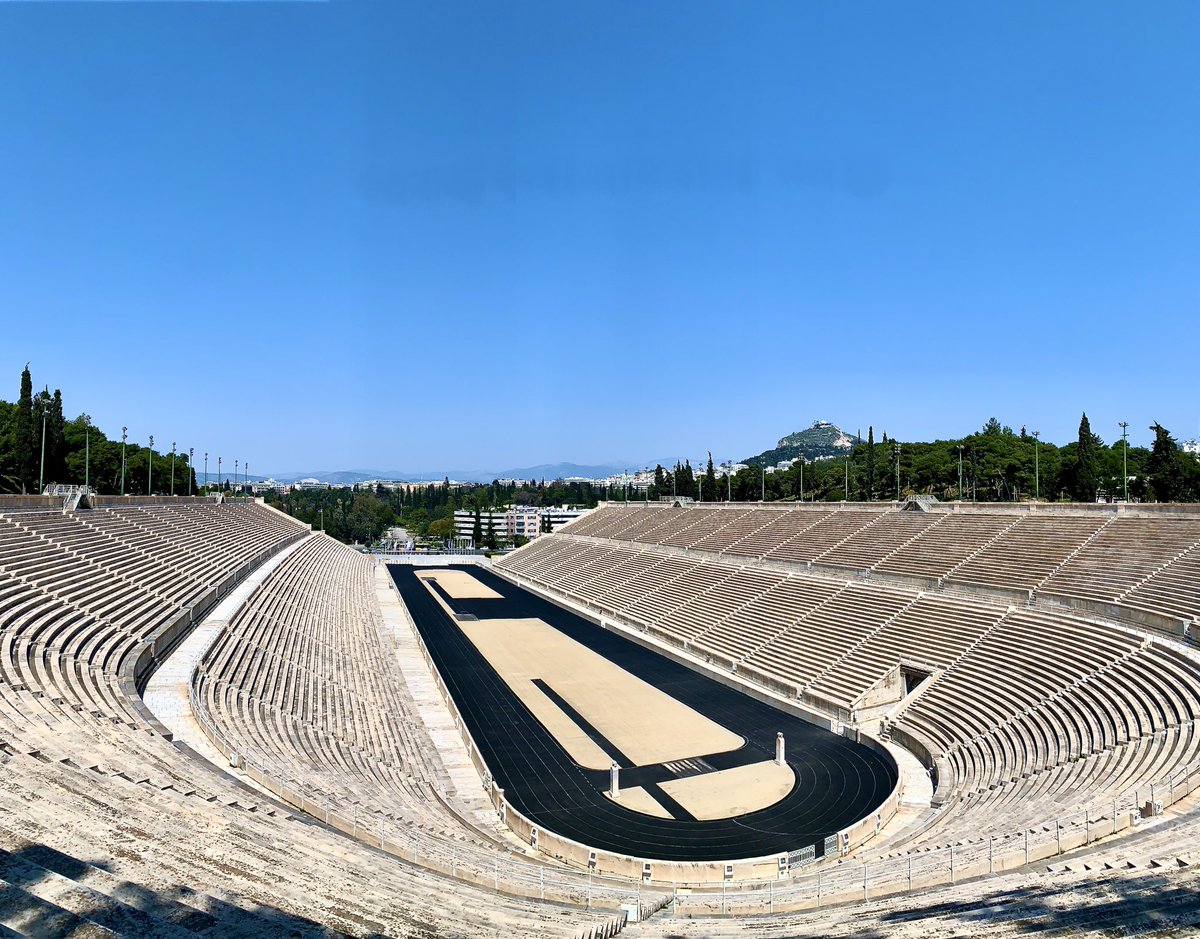
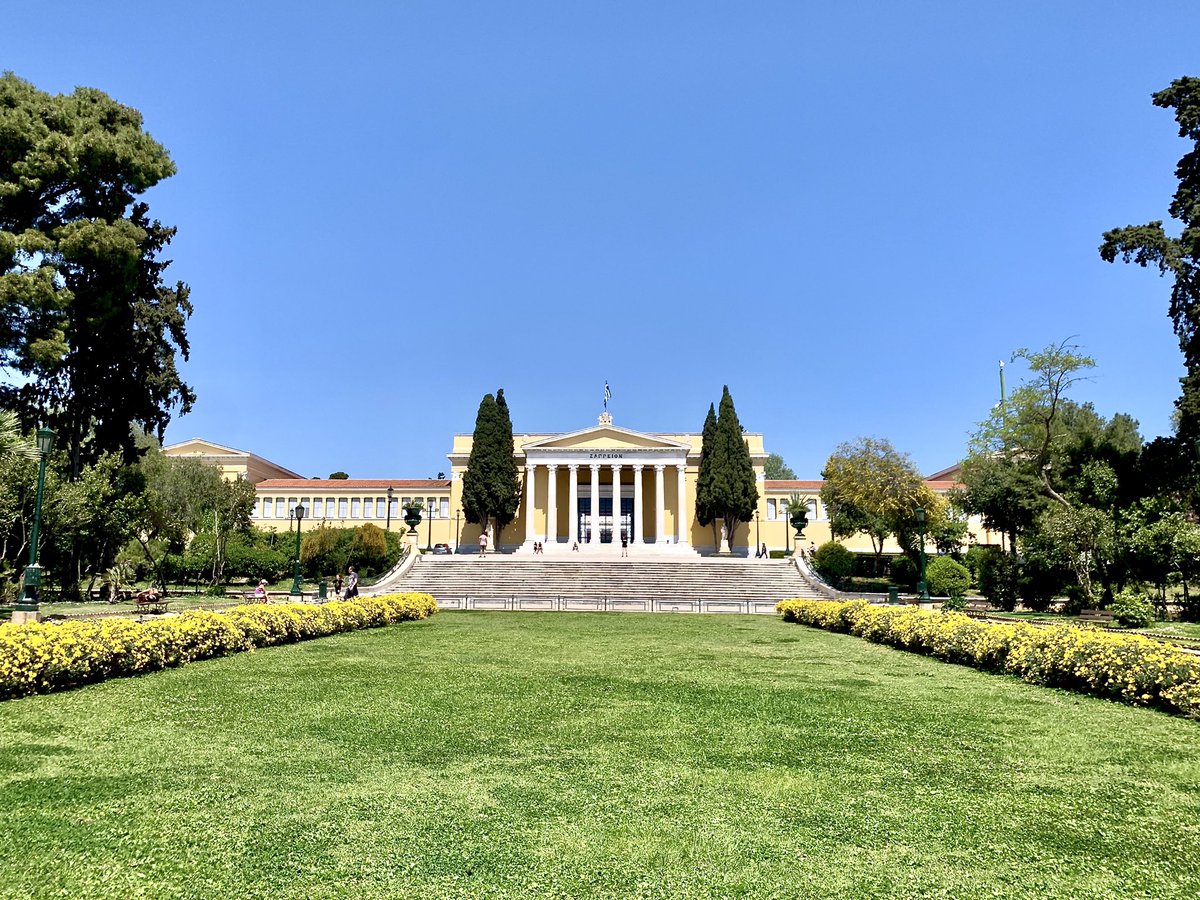

May 2020: Movement is allowed within Attica & archaeological sites begin to reopen!
Without tourists, this led to some surreal experiences like a visit to a completely empty Acropolis & a trip to the beach at Porto Germeno without fighting any crowds!



Without tourists, this led to some surreal experiences like a visit to a completely empty Acropolis & a trip to the beach at Porto Germeno without fighting any crowds!
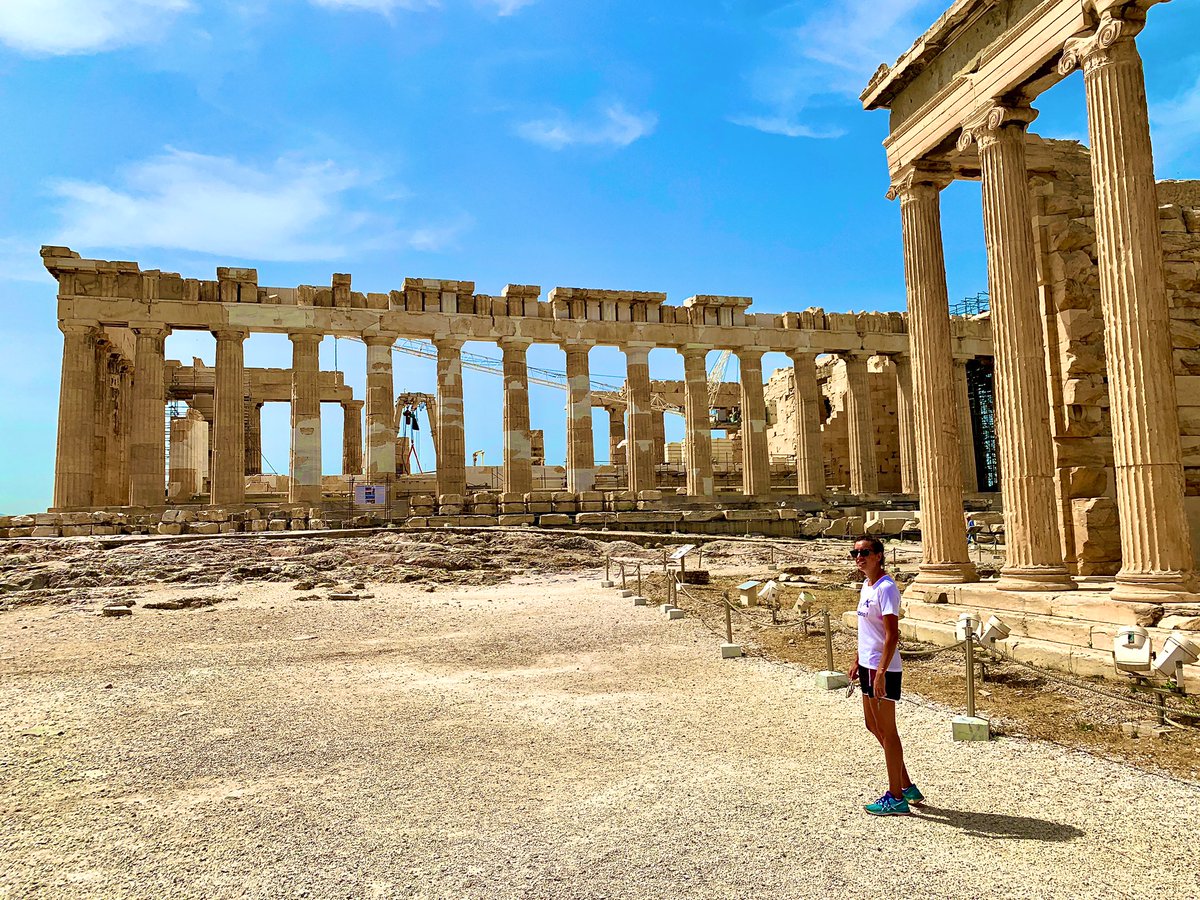



June 2020: Travel within Greece is open, and it’s finally time to get back to work! @LevintheMed & I grabbed tickets for the first ferry we could find and hightailed it to Naxos to begin a project studying some big sculpture...and by big, we mean *BIG* 




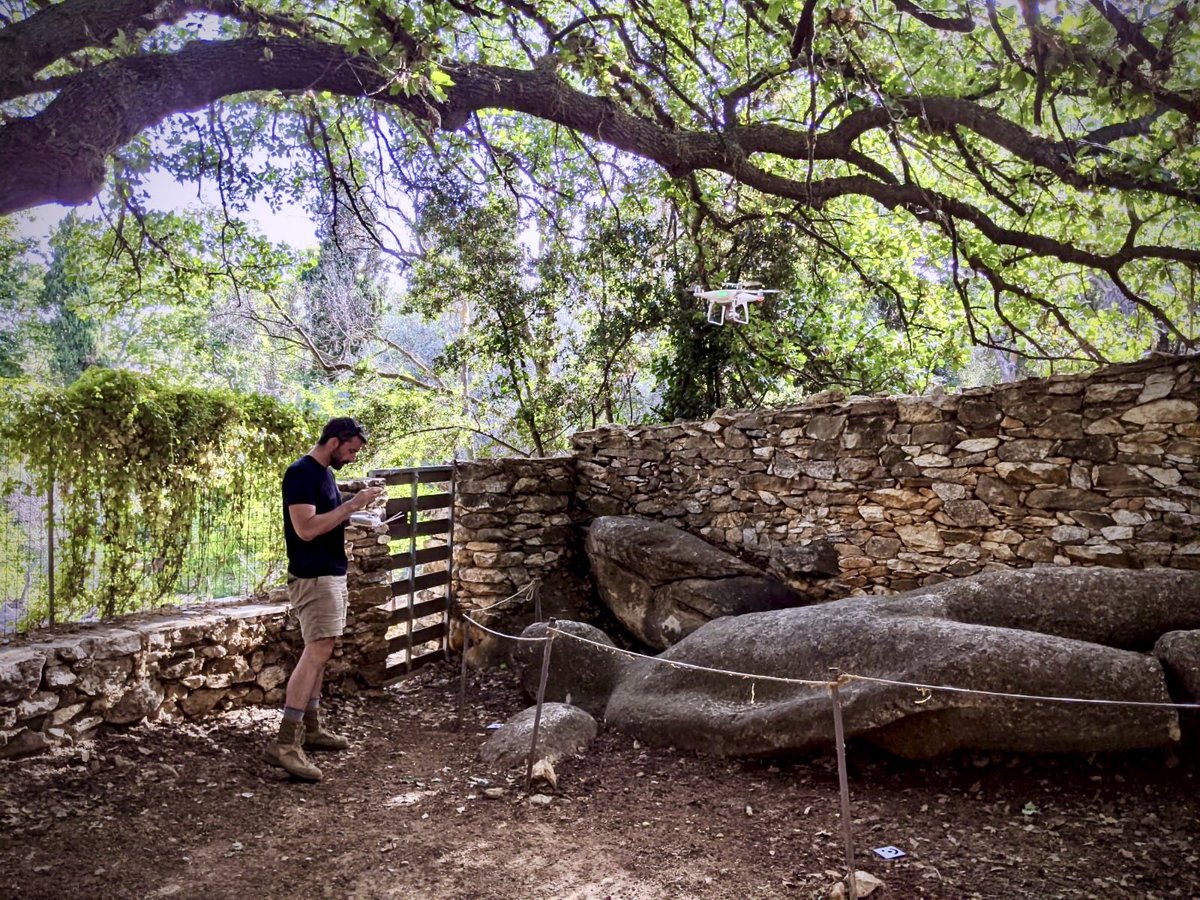
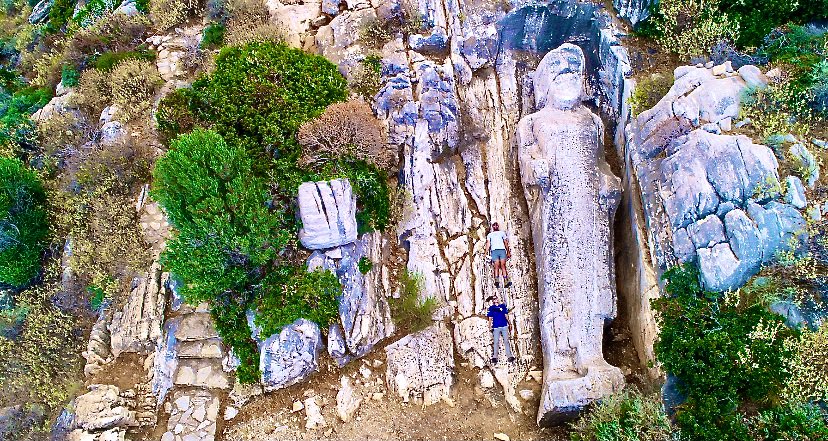
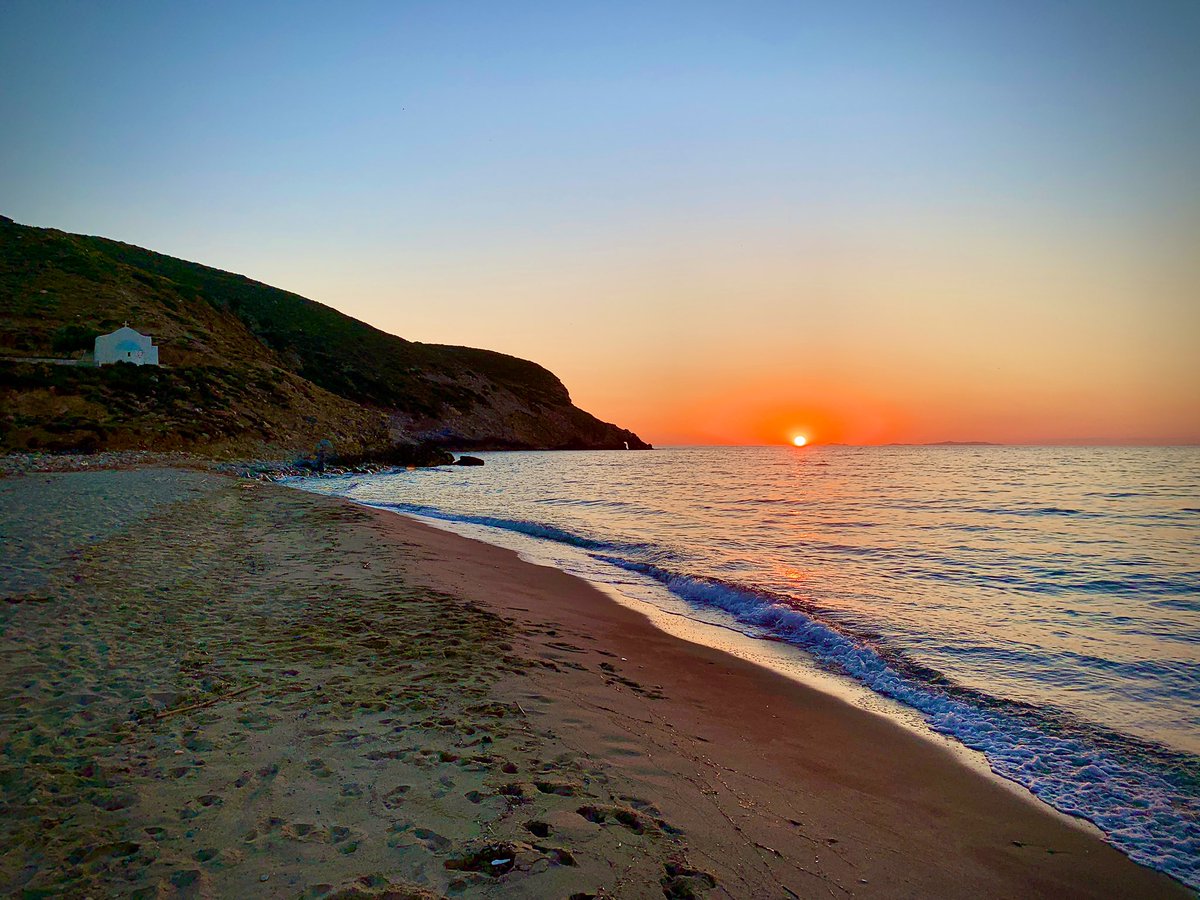
July 2020: With the blessing of the @cultureGR, we pulled together a dream team of Athens-based archaeologists for the 2nd season of the @NorwInst’s Small Cycladic Islands Project! Based on Paros & Antiparos, it was a smashing success!
After, it was time for some R&R on Tinos!



After, it was time for some R&R on Tinos!
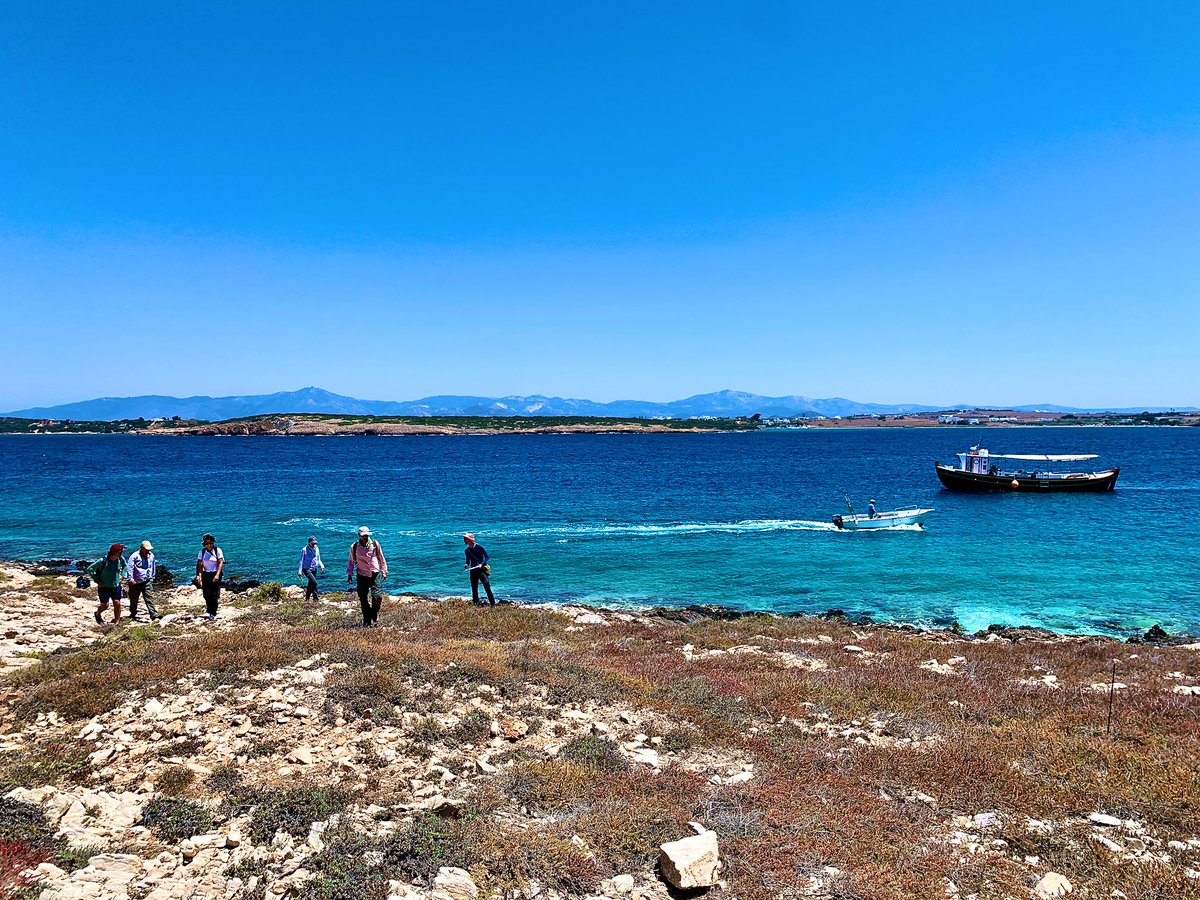
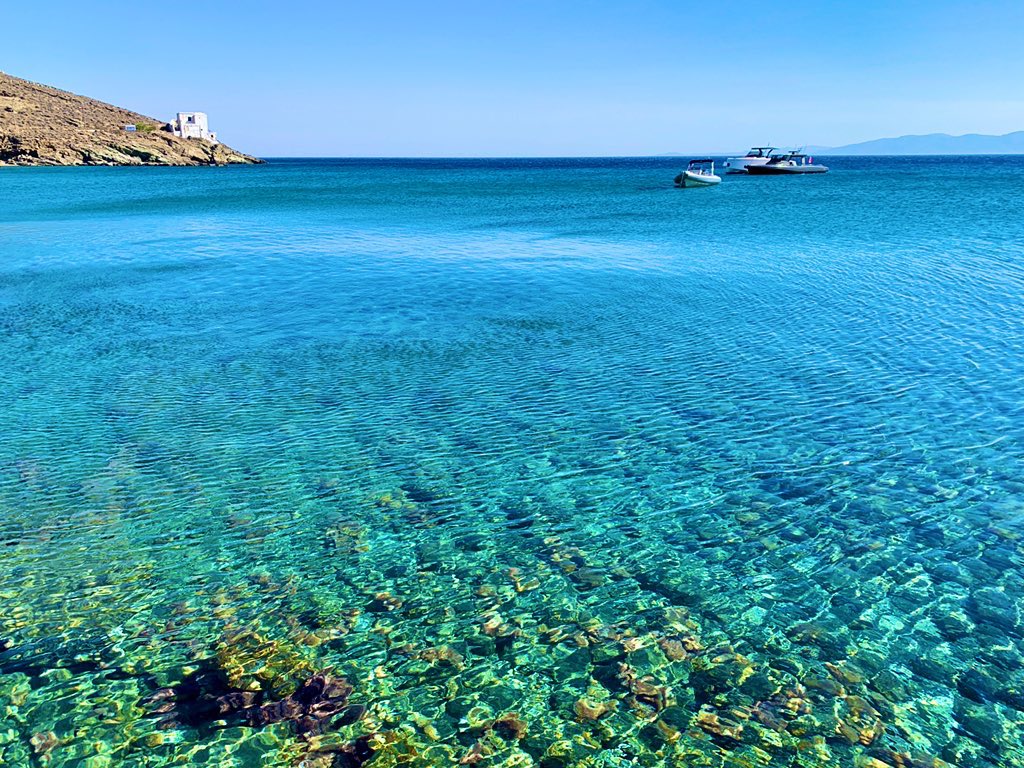
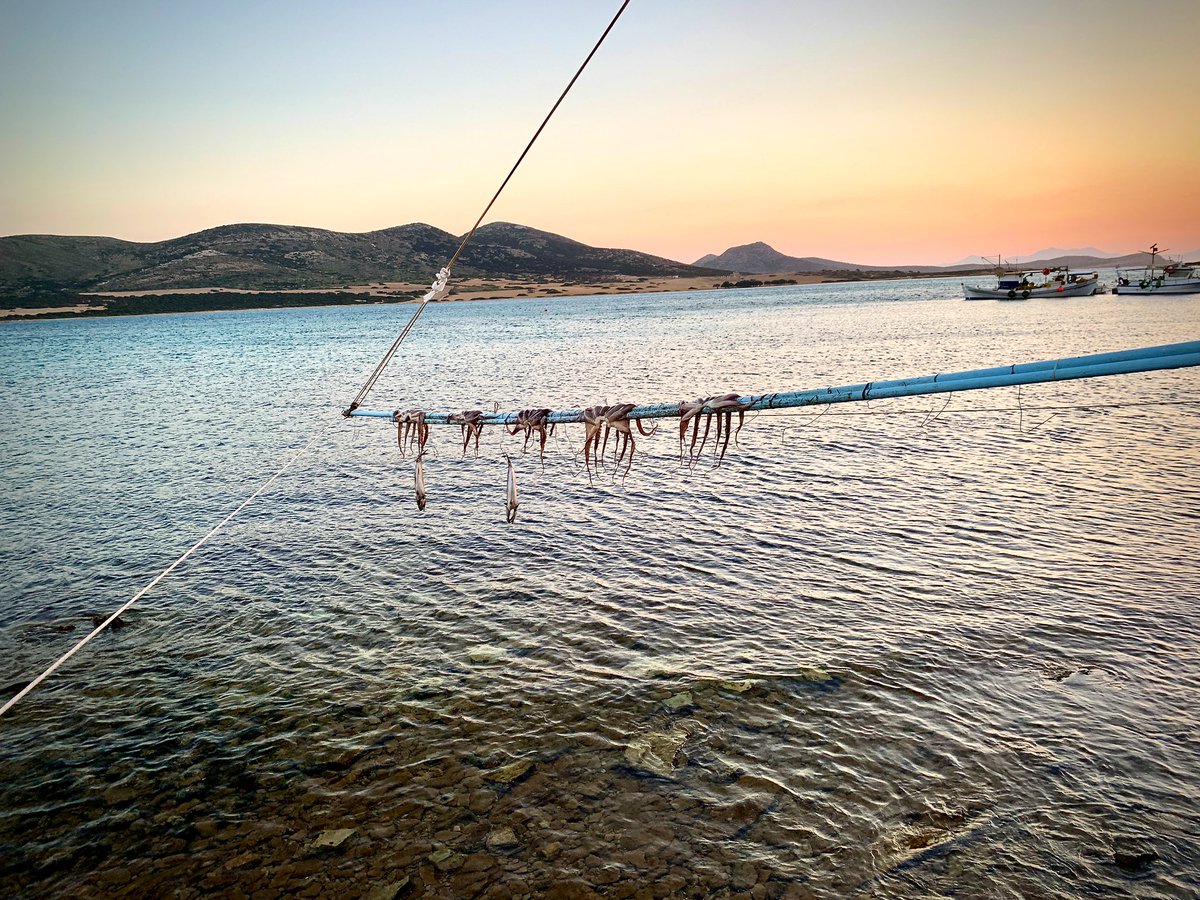

August 2020: From many small islands to one big one! Some of us are lucky enough to work on SCIP and the @NorwInst’s other major project: excavation of the spectacular Neolithic site of Gourimadi on Evia!
It may be windy, but I’ve never seen so many arrowheads in my life!



It may be windy, but I’ve never seen so many arrowheads in my life!
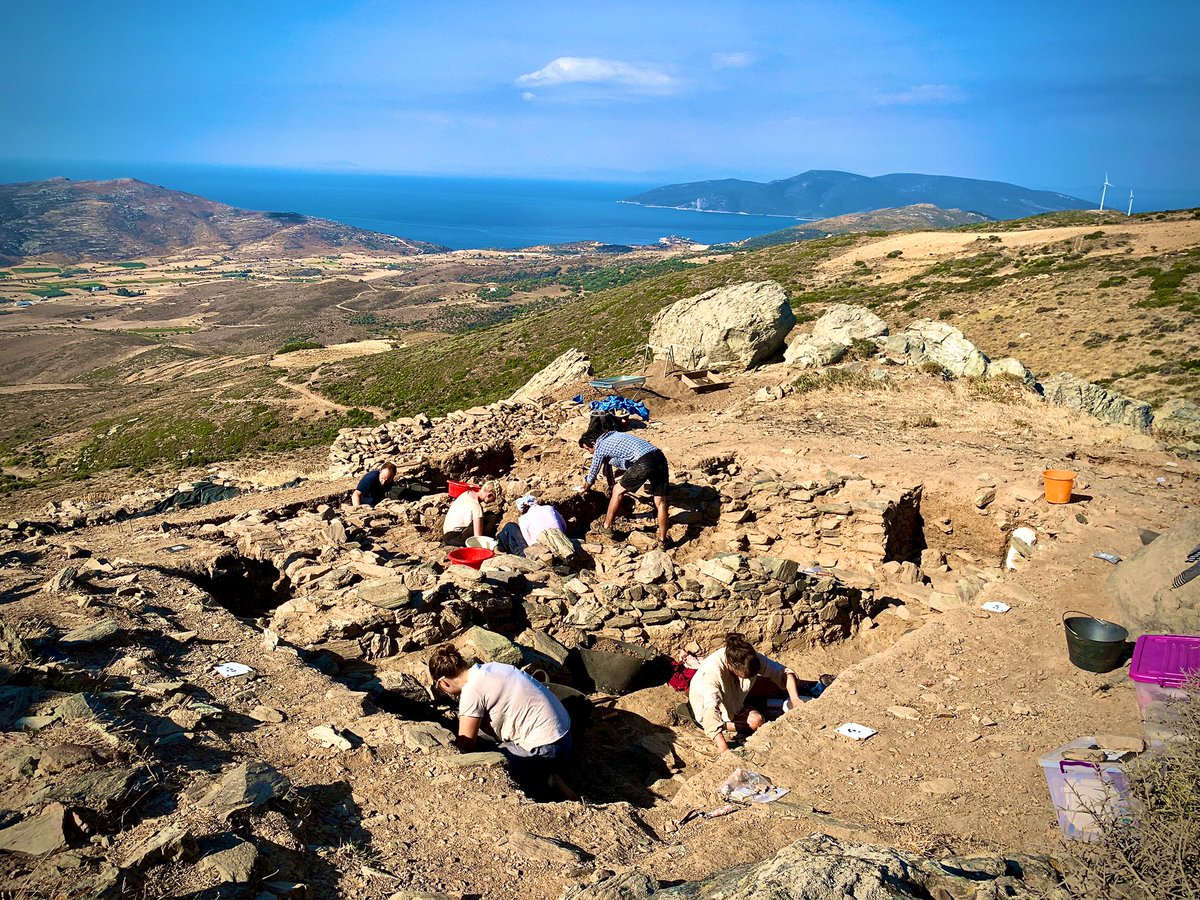



September 2020: Field season ends & its back to Athens and the @ASCSAthens! Without regular academic programs this year, we’ve been filming weekly webinars about Greek archaeology!
Mycenae also experienced a terrible fire, and I was able to visit in the immediate aftermath.



Mycenae also experienced a terrible fire, and I was able to visit in the immediate aftermath.




October 2020: More travel & filming for @ASCSAthens webinars, including a wonderful trip to Kea & all-access at the Athenian Agora. We also returned to Paros to analyze the results of our fieldwork.
Little did I know that this👇 visit to the National Museum would be my last!



Little did I know that this👇 visit to the National Museum would be my last!
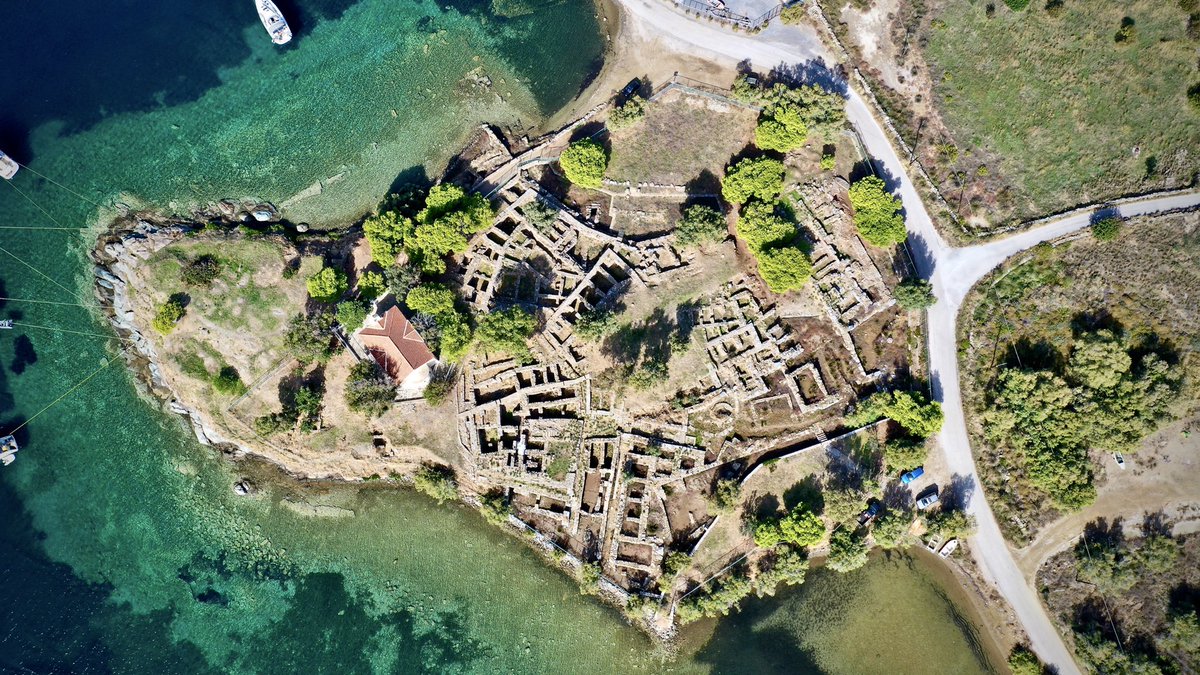
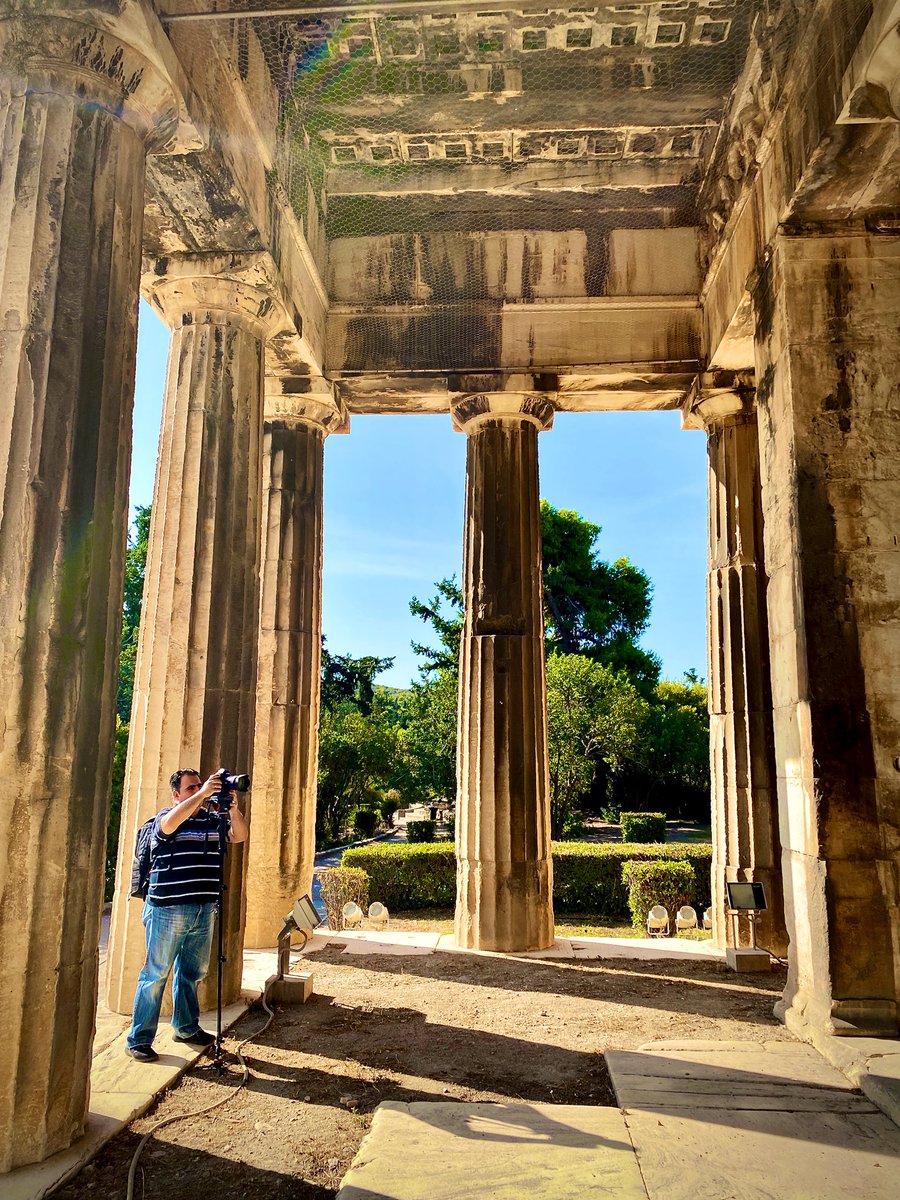


November 2020: As I was finishing an amazing hike near Elefsina, I get word that Athens in entering a second lockdown the following day.
The city returns to a quiet, eerie mood almost immediately as people stick to their apartments & dig in for the long haul.



The city returns to a quiet, eerie mood almost immediately as people stick to their apartments & dig in for the long haul.




December 2020: Gray skies, but Athens begins to wake up around some staple parts of life in the city. Weekly visits to the laiki show the crowds much reduced, but the produce just as spectacular as ever.
Lights appear around the city as we near the very welcome end of 2020!



Lights appear around the city as we near the very welcome end of 2020!
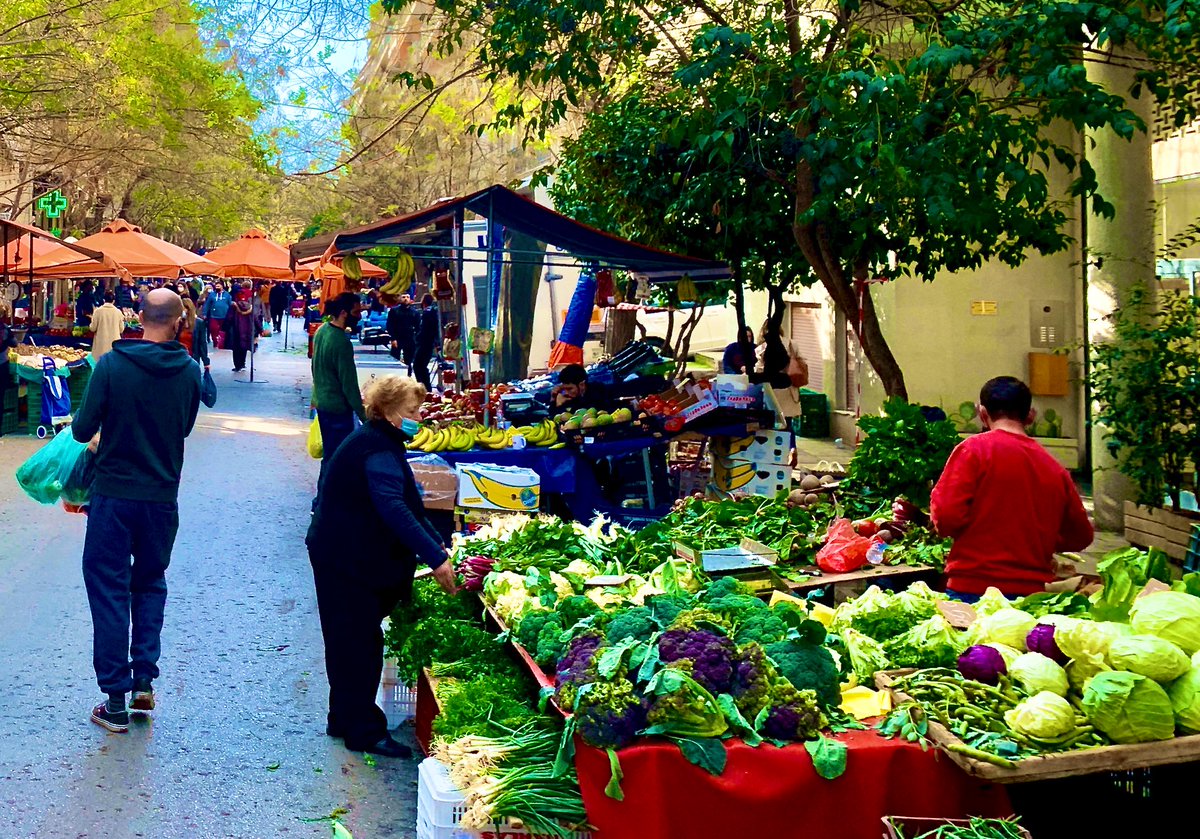
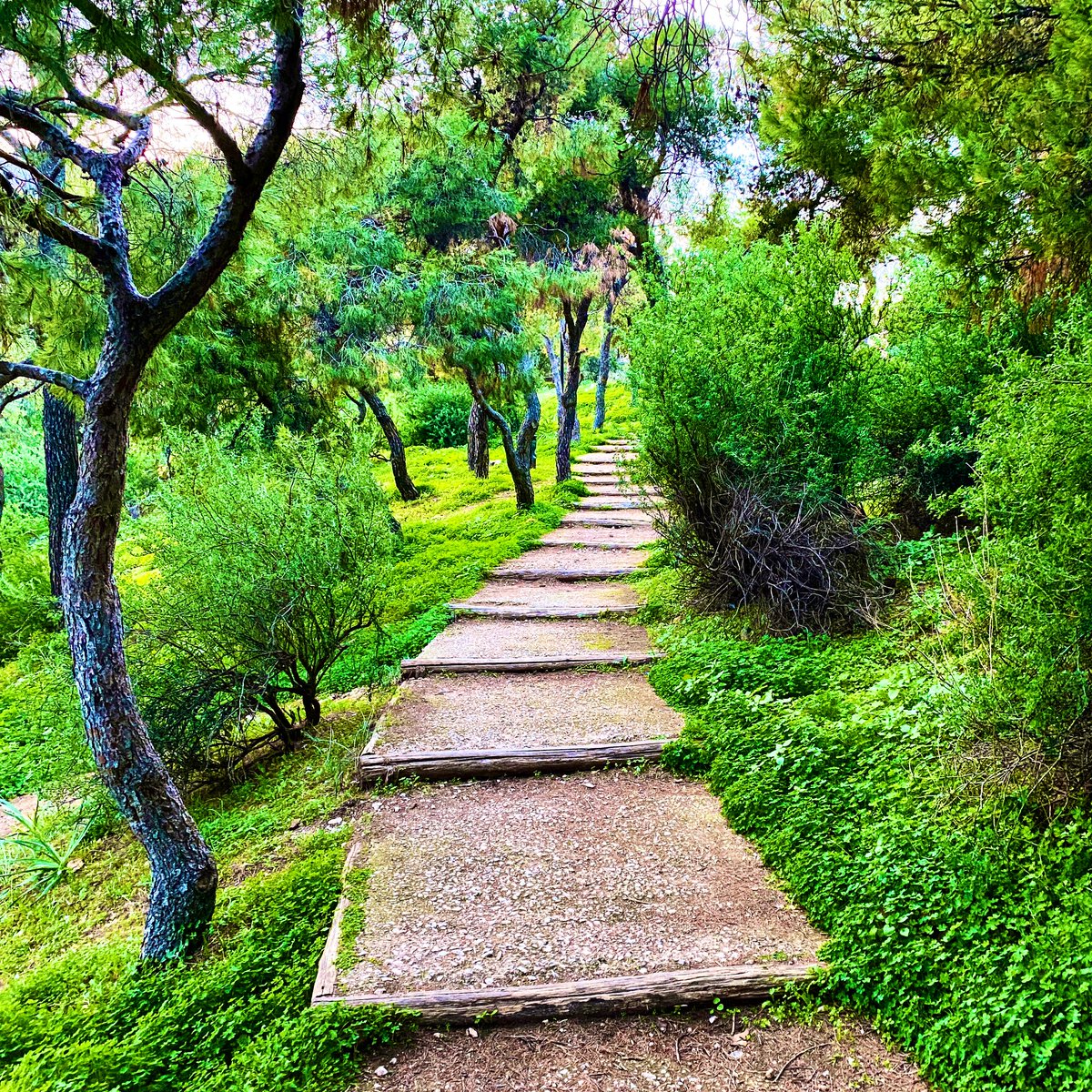


January 2021: The new year begins with wonderful weather, sunny skies, and plenty of hope for 2021.
While this shot of Ermou street might make it seem like Athens is as quiet as a mouse, the nighttime lights reveal that the city is very much alive & hibernating!



While this shot of Ermou street might make it seem like Athens is as quiet as a mouse, the nighttime lights reveal that the city is very much alive & hibernating!

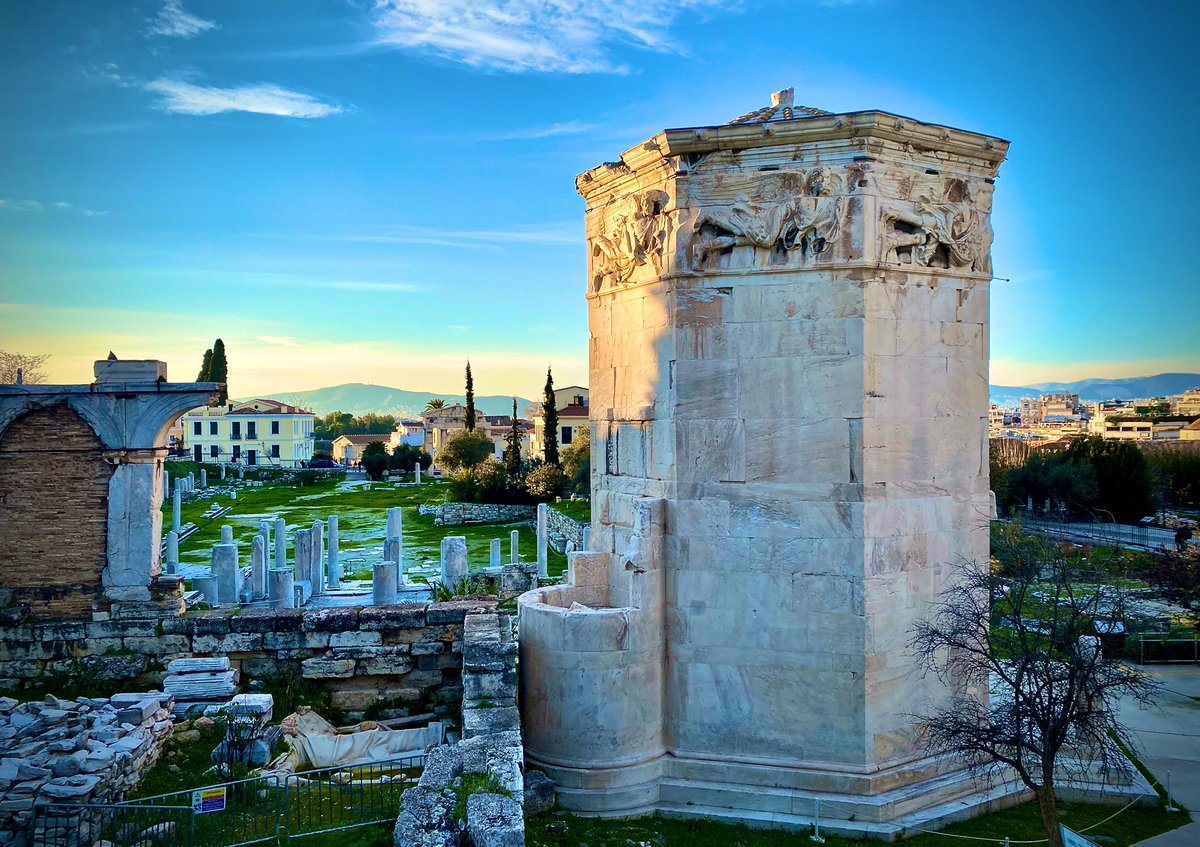
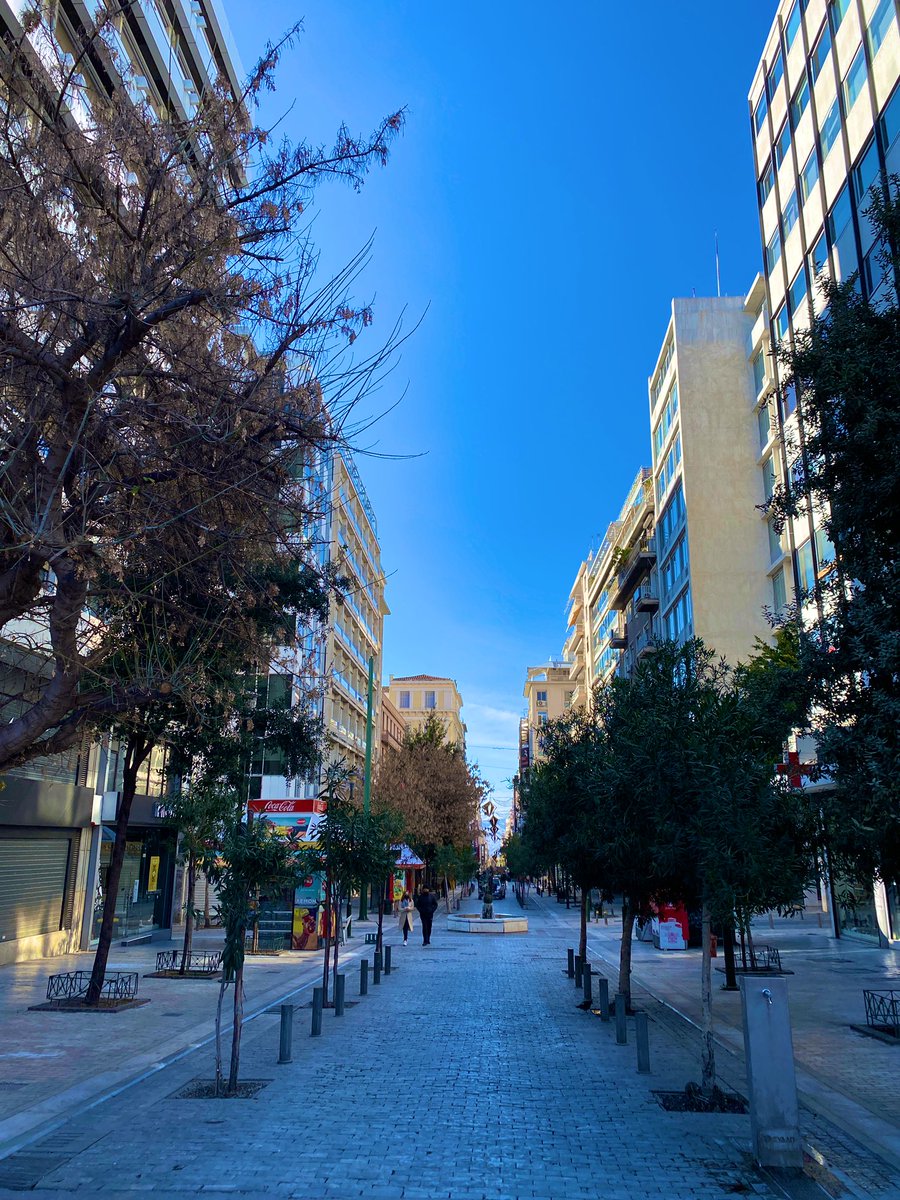

February 2021: I leave Greece (temporarily) to visit @LevintheMed at the @AmAcademyRome! A thousand nose swabs later & I find myself learning that things are just as quiet in the eternal city as they are in Greece! 



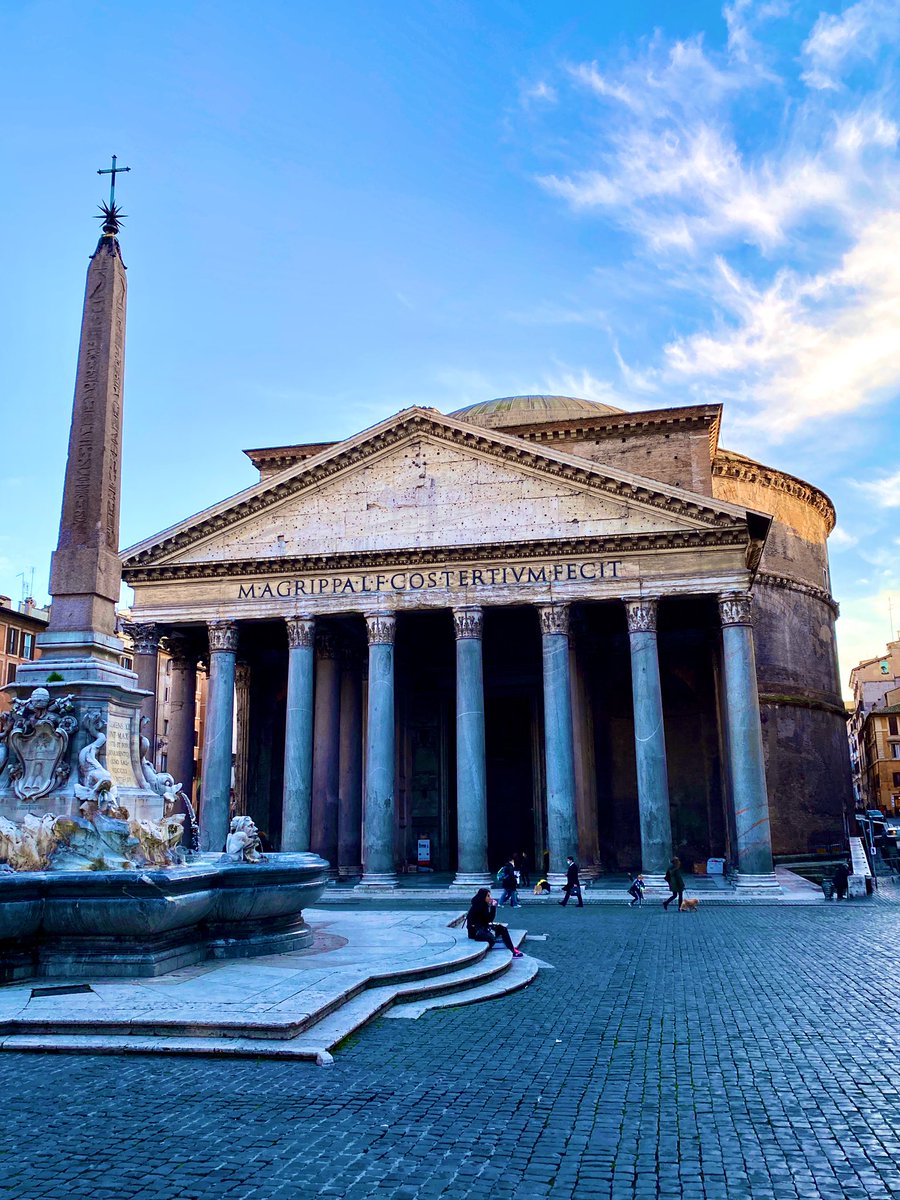

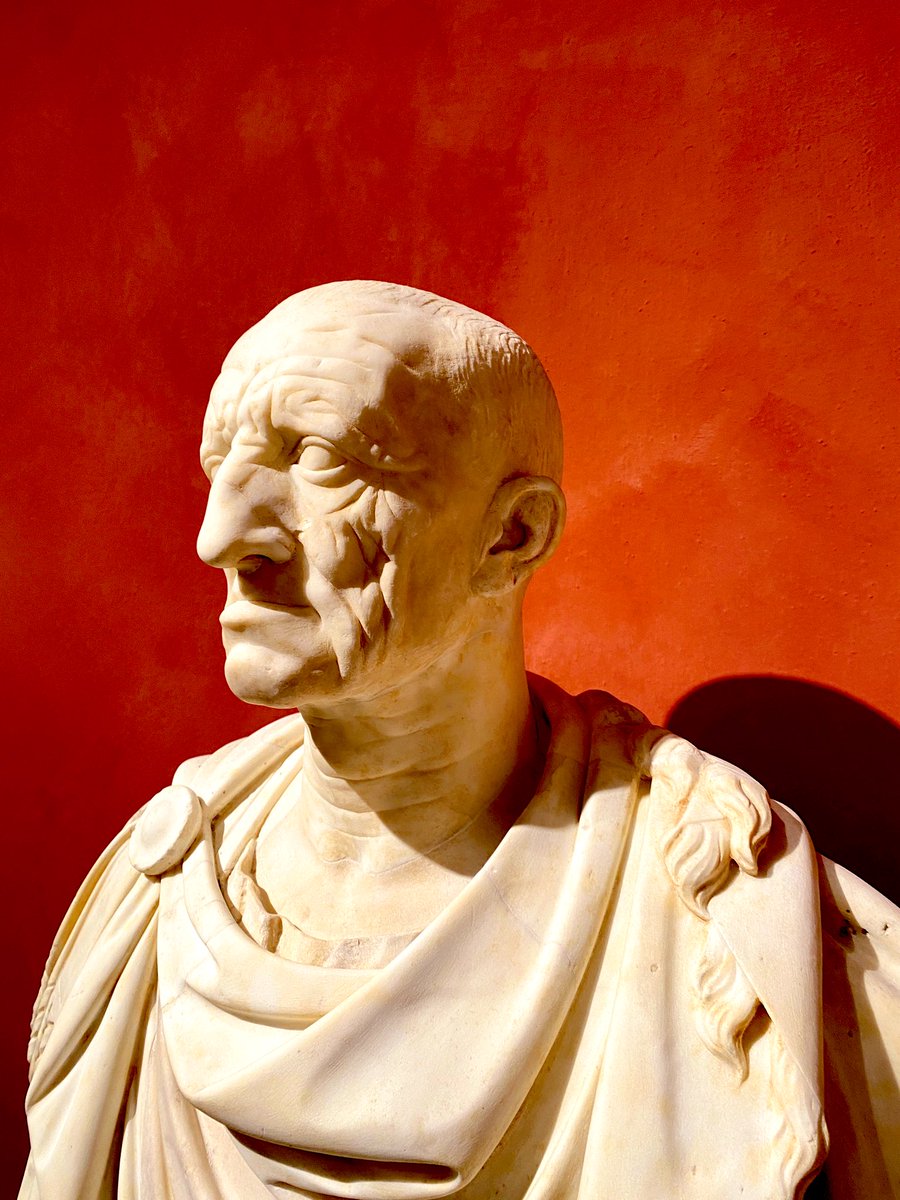
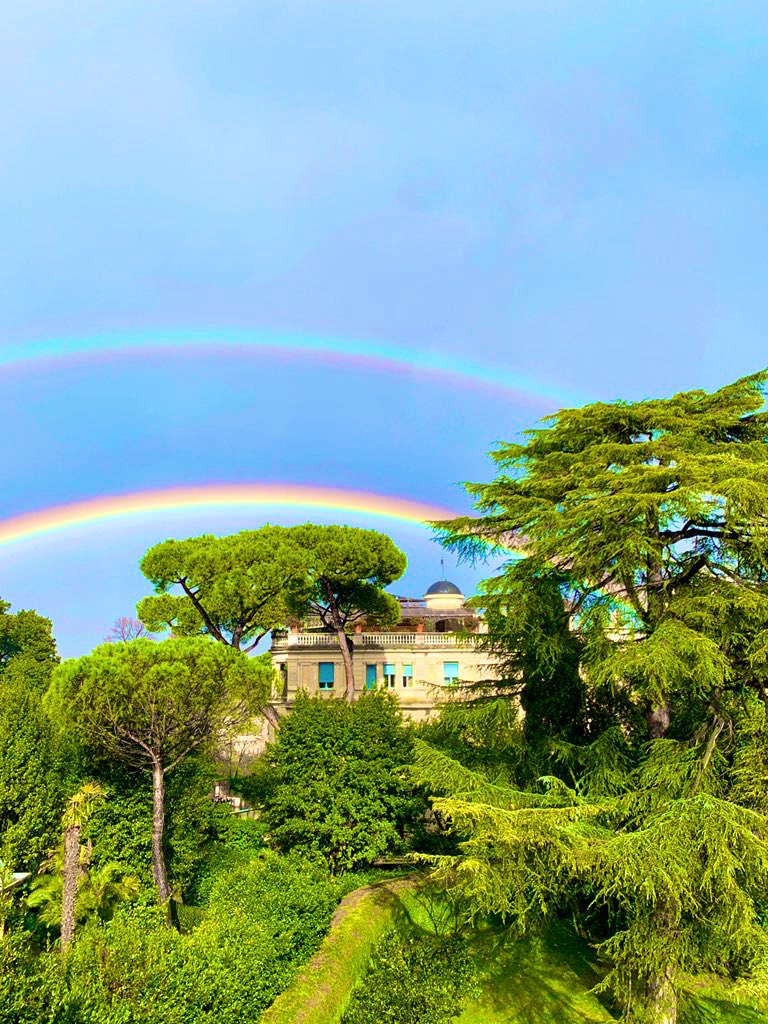
February 2021, pt. 2: As soon as I returned to Greece, Athens received its worst snowstorm in decades!
Winter storm Medea left things absolutely unrecognizable but unbelievably beautiful! The city ground to a halt and everyone was outside building snowmen and just taking it in!



Winter storm Medea left things absolutely unrecognizable but unbelievably beautiful! The city ground to a halt and everyone was outside building snowmen and just taking it in!




March 2021: That brings us to today! Athens is quiet, but life under lockdown has become a new normal for now. Spring is just around the corner again & the Greek sun is shining bright.
Who knows what the next 12 months will bring, but this year has definitely been a crazy ride!



Who knows what the next 12 months will bring, but this year has definitely been a crazy ride!
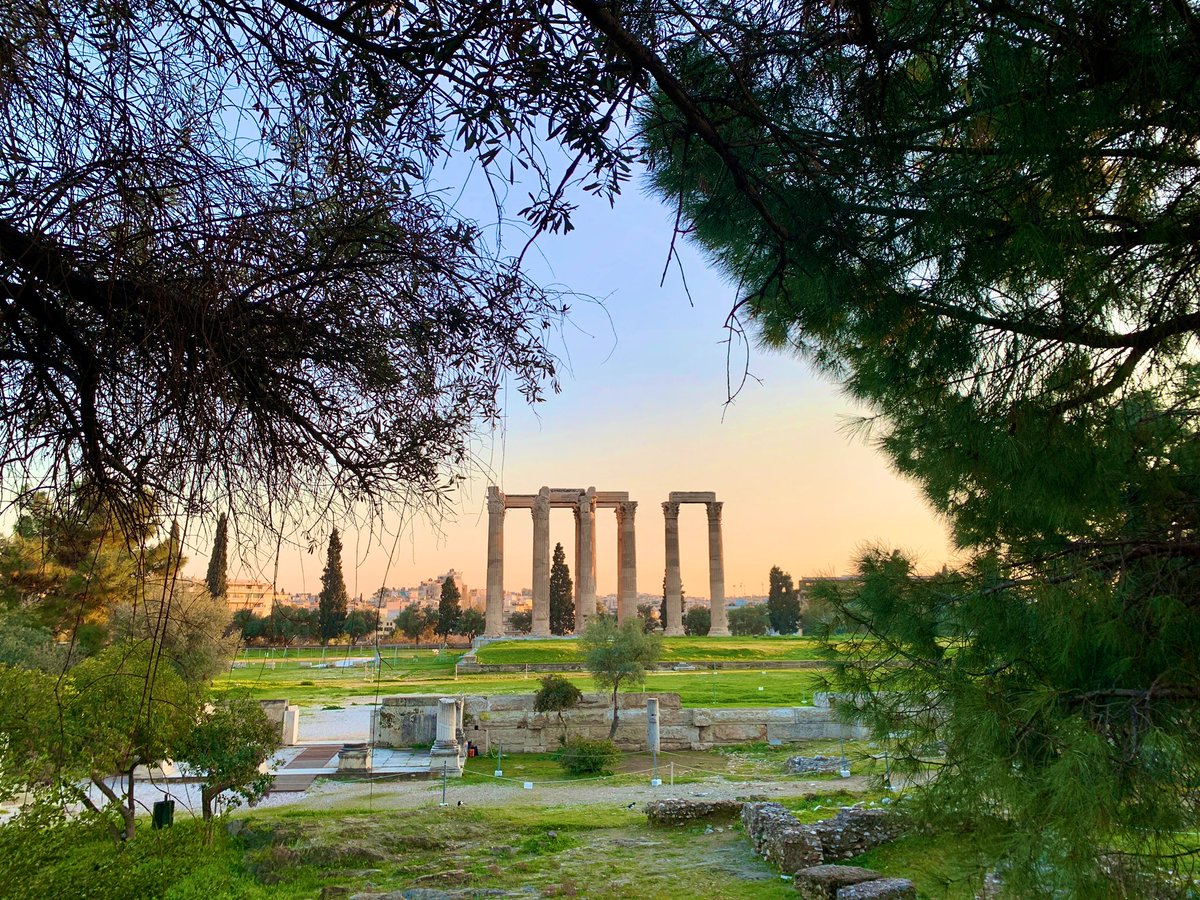

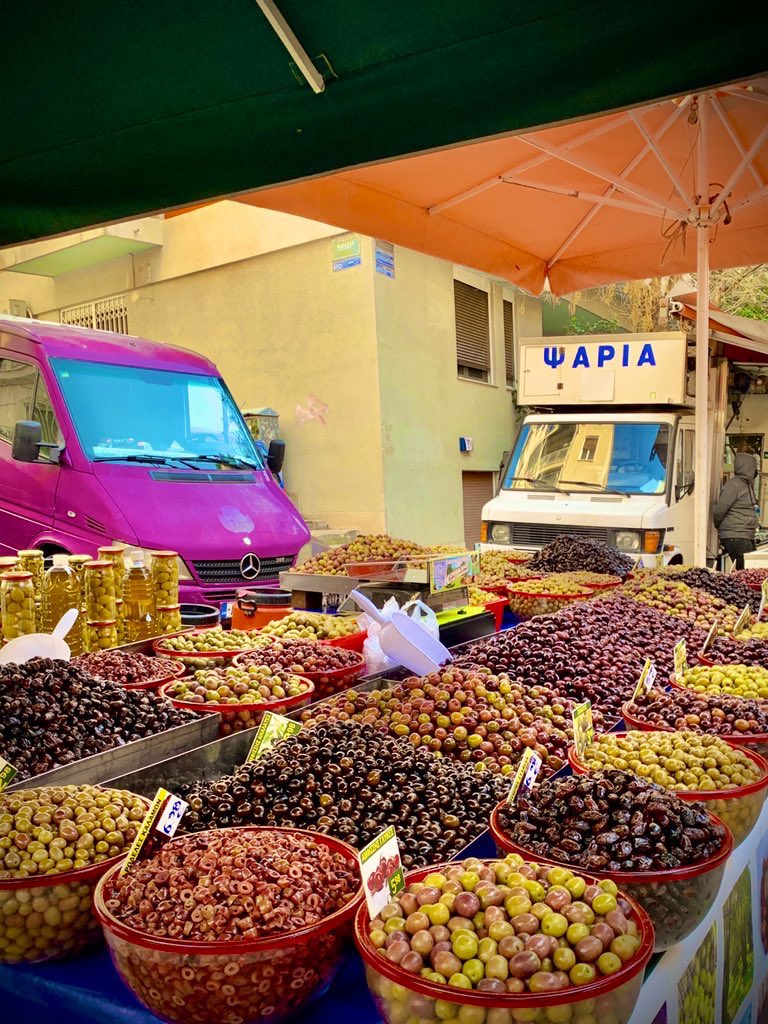

• • •
Missing some Tweet in this thread? You can try to
force a refresh




